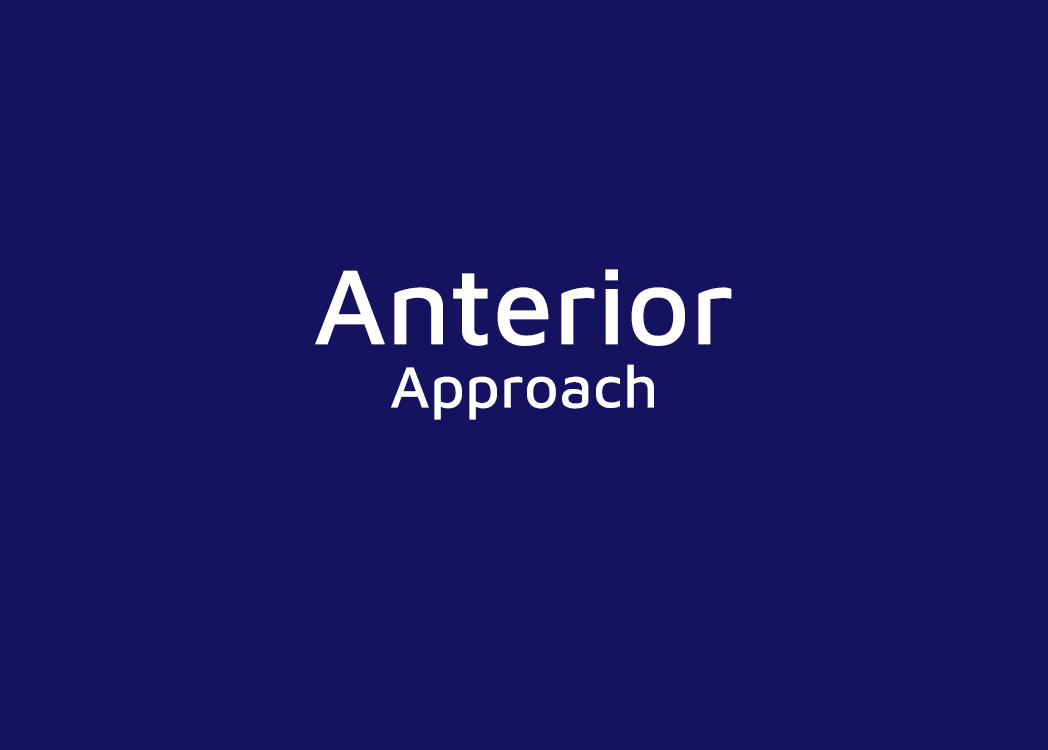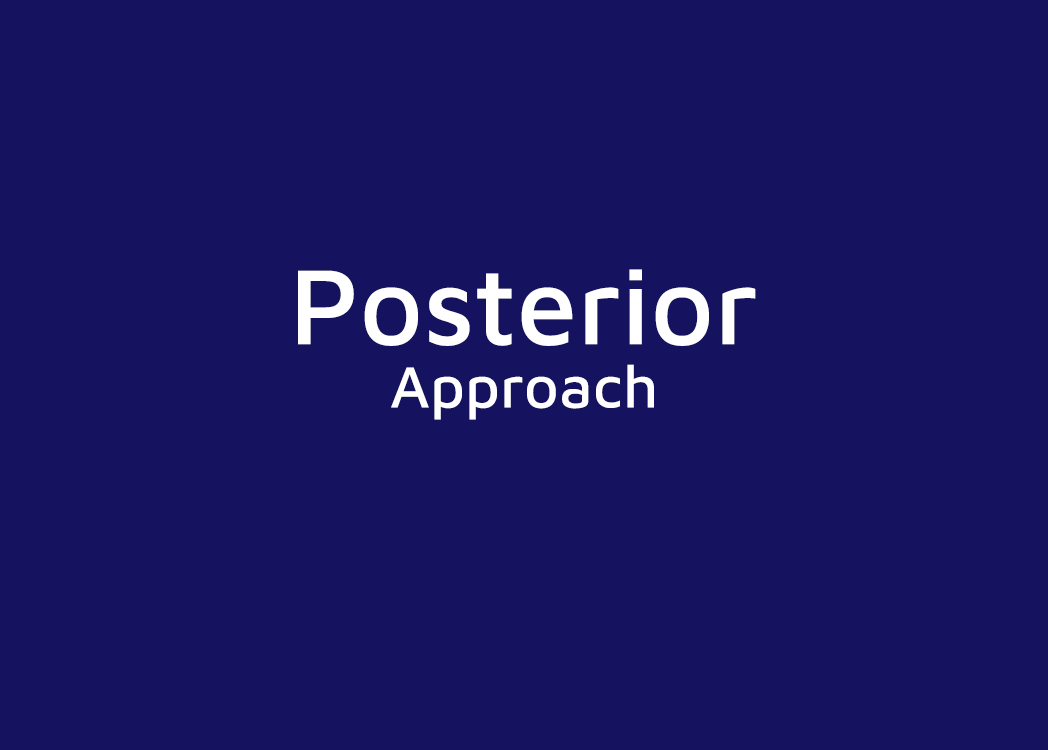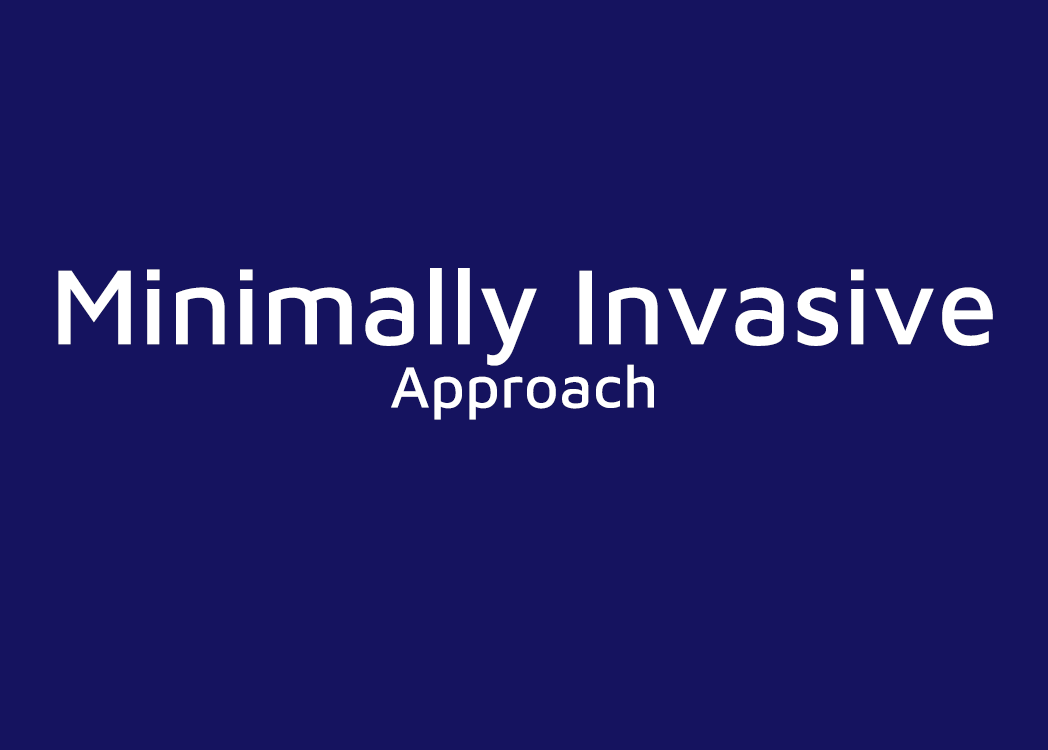Scoliosis Treatment Options
If you are one of the many people suffering from chronic back pain or another spine-related condition, you will be in great hands at Connecticut Back Center (CBC). CBC was founded by Jesse Eisler, MD, PhD, in 2005 and serves the Greater Hartford and Central Connecticut area. Our mission is to provide accurate, responsive and effective spinal care with comprehensive non-surgical and surgical treatments for the full spectrum of spinal disorders. Our goal is always to reduce your pain, increase your flexibility and help you resume an active life after treatment.
What is Scoliosis?
Everyone’s spine has subtle natural curves. But some people have different curves, side-to-side spinal curves that also twist the spine. This condition is called “scoliosis”. On an x-ray with a front or rear view of the body, the spine of a person with scoliosis looks more like an “S” or a “C” than a straight line. These curves can make a person’s shoulders or waist appear uneven. These curves can’t be corrected simply by learning to stand up straight. You can’t cause scoliosis; it does not come from carrying heavy backpacks, participating vigorously in sports, or poor posture.
Source: srs.org
Structural vs. Nonstructural Scoliosis
- Structural scoliosis is by far the most common category of scoliosis. It involves spinal rotation in addition to the side-to-side curvature of the spine. This type of scoliosis affects the spine’s structure and is considered permanent unless the spine receives treatment.
- Nonstructural scoliosis, also known as functional scoliosis, results from a temporary cause and only involves a side-to-side curvature of the spine (no spinal rotation). The spine’s structure is still normal.
Types of Structural Scoliosis
- Idiopathic scoliosis accounts for about 8 in 10 cases of scoliosis. This type of scoliosis typically presents during adolescence, but it can also start earlier in childhood or infancy. What causes idiopathic scoliosis is currently unknown. Some research indicates genetics plays a part, but other factors are also likely involved and continue to be studied.
- Degenerative scoliosis (adult scoliosis is a common condition that occurs later in life as the joints in the spine degenerate. Read more about adult scoliosis.
- Neuromuscular scoliosis sometimes develops in individuals who cannot walk due to a neuromuscular condition such as muscular dystrophy or cerebral palsy. This type of scoliosis may also be called myopathic scoliosis.
- Congenital scoliosis develops in utero and is present in infancy. A rare condition, affecting 1 in 10,000, it can result from malformations in the vertebrae or other causes. In most cases the spinal curve must be corrected surgically.
Source: spine-health.com
Surgery/Treatment Options for Scoliosis
Today’s surgeons use a variety of approaches to correct spinal deformities. They will decide which type of spine surgery is most appropriate for you depending on the type, severity and location of your spinal curve.
Anterior Approach for Scoliosis
If you have a spinal deformity such as scoliosis or kyphosis, there are several different approaches your spine specialist can use to correct it. The anterior approach means that the surgeon will approach your spine from the front rather than the back (posterior approach). The anterior approach allows your surgeon to remove discs, place corrective spinal instrumentation and perform spinal fusion surgery.
Your surgeon may choose an open anterior approach based on your type of scoliosis, location of your spinal curvature and ease of approaching the curve. Some scoliosis curves are especially suitable for an anterior spine surgery approach. Your surgeon may fuse a shorter segment of your spine using the anterior approach, preserving more motion in your spinal column. Anterior techniques can produce very powerful correction of spinal deformities. However, this approach is more difficult than the standard posterior approach. Learn more: Anterior Approach for Scoliosis
Posterior Approach for Scoliosis
Surgeons use several different techniques for scoliosis spine surgery. The most frequently performed surgery for idiopathic adolescent scoliosis involves posterior spinal fusion surgery. This kind of surgery is performed through the patient’s back while the patient lies on his or her stomach.
The posterior approach to scoliosis was designed to correct abnormal curves in the spine. The posterior approach is the most traditional approach to spine surgery. The majority of spinal procedures are done using this approach. Learn more: Posterior Approach for Scoliosis
Anterior-Posterior Approach for Scoliosis
For some deformities, your spine specialist may recommend that you have a “front and back” or anterior-posterior procedure. Surgeons generally recommend anterior-posterior surgery for curves that are severe and stiff, or when you have experienced failed previous attempts at fusion. Learn more: Anterior-Posterior Approach for Scoliosis
Minimally Invasive Approach for Scoliosis
The minimally invasive endoscopic approach to scoliosis correction was designed to help surgeons accomplish all of the goals of a traditional “open” anterior procedure with reduced trauma to muscles. Endoscopic anterior scoliosis spine surgery is performed through tiny incisions or “portals” that allow the surgeon to insert miniaturized instrumentation into the vertebral bodies and perform spinal fusion surgery. This procedure is called minimally invasive because the surgeon uses several small incisions instead of one longer incision. The advantages include improved visualization of anatomy and greater flexibility for placing instrumentation in the spine.
Endoscopic scoliosis surgery is not for everyone. Some forms of scoliosis respond more favorably to endoscopic correction, especially curves in the thoracic spine. Learn more: Minimally Invasive Approach for Scoliosis
If you are one of the many people suffering from neck pain, chronic lower back pain, scoliosis, sciatica or another spine-related condition, you will be in great hands at Connecticut Back Center (CBC). CBC was founded by Jesse Eisler, MD, PhD, in 2005 and with offices in Vernon and Bloomfield, CT serves the Greater Hartford and Central Connecticut area. Our mission is to provide accurate, responsive and effective spinal care with comprehensive non-surgical and surgical treatments for the full spectrum of spinal disorders. Our goal is always to reduce your pain, increase your flexibility and help you resume an active life after treatment. To learn more about your treatment options, give us a call at (860) 253-2714 or request an appointment online now.
What Our Patients Say About Us
“Thank you very much for giving me your time and expertise. I feel blessed to have found you and your staff”
“Thank you for your guidance, expertise and oversight in helping me recover from a very painful, stressful and challenging medical event”
“I want to express my thanks for all of your care, concern and most important, for taking away all of my pain”












